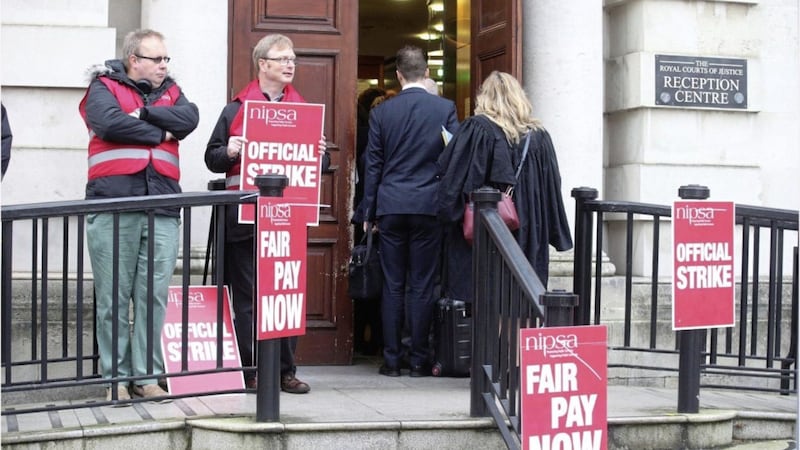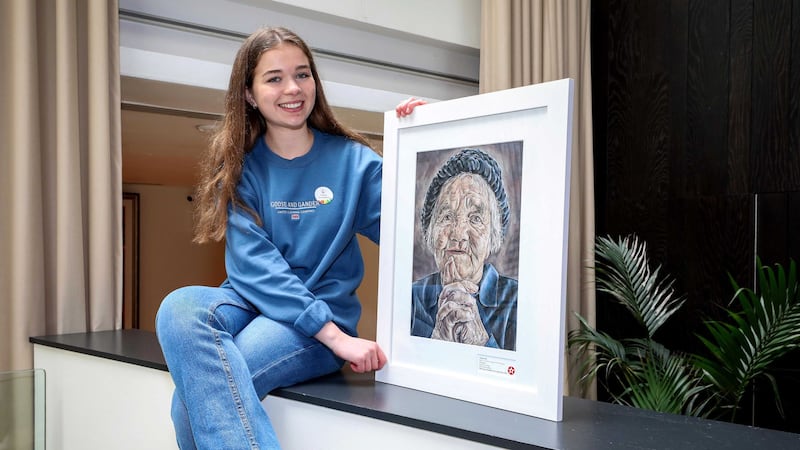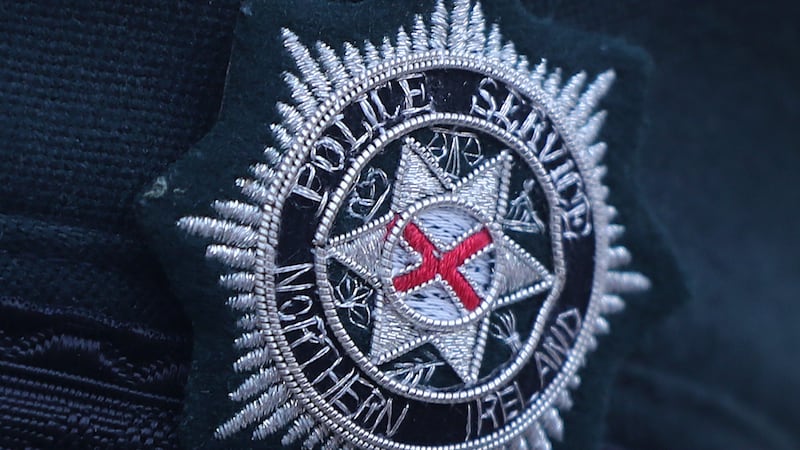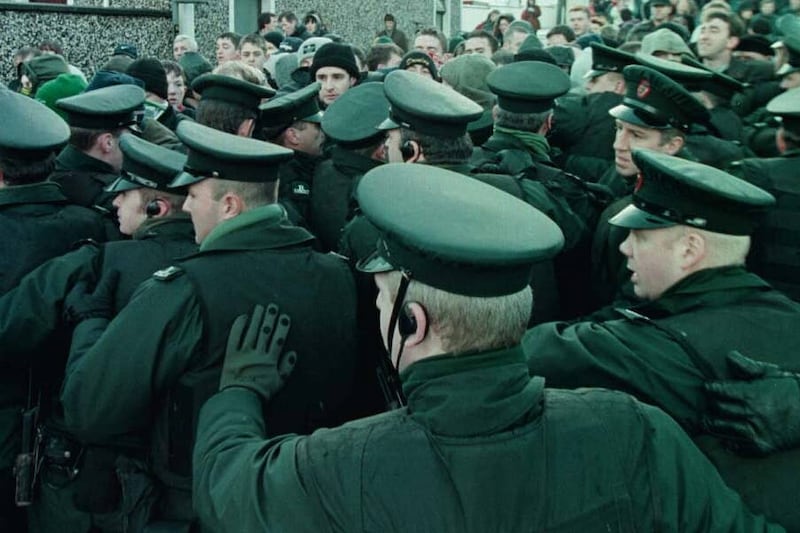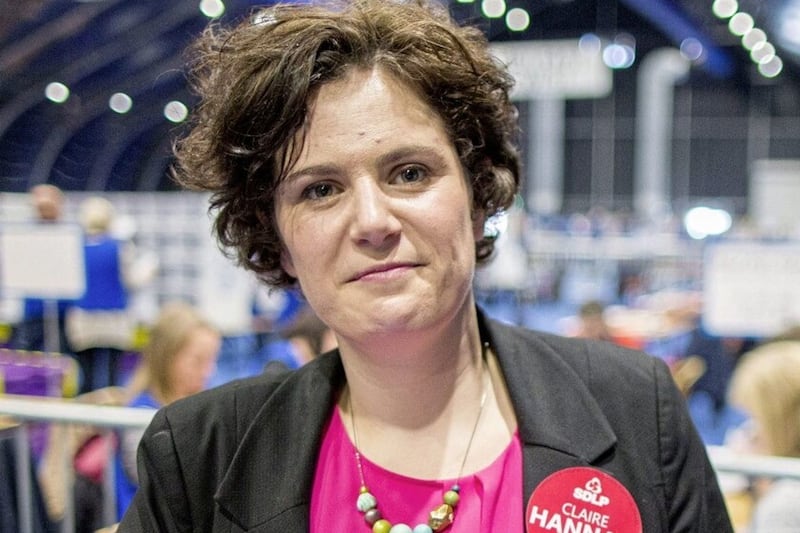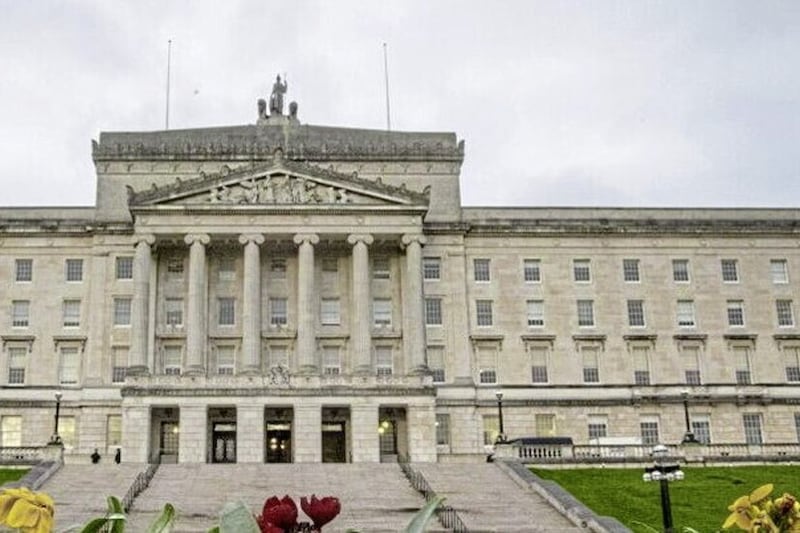CIVIL service average pay has risen by almost six per cent, with the top 10 per cent of public servants now earning an average basic annual wage of £41,799, according to the latest government data.
A report by Northern Ireland Statistics and Research Agency (Nisra) shows last year 99 per cent of staff received an increase in pay last year.
Figures for civil service wages for year ending March 2020, show the average basic pay is £27,020 - a 5.8 per cent increase on 2019 - with the bottom 10 per cent receiving average basic pay of £22,779 and £41,799 for those in the top 10 per cent.
Statisticians note "any increases in pay can be due to normal progression up a pay scale ... and changes to pay scales".
Thirty-eight per cent of industrial staff received a pay increase of between four and 5.9 per cent, with this rising to more than 60 per cent of senior civil service (SCS) staff.
The average pay of staff at Deputy Principal, Staff Officer and Administrative Officer grade in Northern Ireland is higher than that of civil servants at the equivalent level in England, Scotland, and Wales.
Following industrial action, including strikes, the Department of Finance confirmed in May there was a two per cent pay rise for civil servants, effective from August 2019.
However, the backdated money was not paid into salaries until July - after the calendar looked at in the report.
Average civil service full-time earnings are £533 per week - lower than in the overall Northern Ireland public sector [£580 per week] but significantly higher than the private sector which sits at £437 per week.
Nisra said some of this difference may be due to "the composition of the respective workforces - for example, many of the lowest paid occupations, such as bar and restaurant staff, hairdressers, elementary sales occupations and cashiers, exist primarily in the private sector, while there is a larger proportion of graduate-level and professional occupations in the public sector".
Colin Neil of Hospitality Ulster, which represents pubs and bars said it "would like everyone to be paid as much as possible in the private sector".
Meanwhile, the data shows women continue to suffer a gender pay gap in the Northern Ireland Civil Service (NICS) because a higher proportion remain at lower grades.
Nisra found the median pay for females is 6.4 per cent lower than males, with 53 per cent of women at EOII grade and below, while 53 per cent of men are at EOI grade or above.
At the senior `deputy principal' and Grade 7 levels female median pay was lower by 2.3 per cent and 2.2 per cent respectively.
Among `Industrial staff', women's average pay is 9.4 per cent higher than their male equivalents, but for those not on NICS pay scales female pay is 7 per cent lower.
The report states "differences of this kind can arise from a range of factors, of which the most influential is usually the length of time that staff have been in their grade".
The pay gap between Protestant and Catholic pay is similar to the overall gender diffence, with the median pay for the latter 6.4 per cent lower.
Nisra says "just as for gender... differences of this kind can arise from a range of factors including differing proportions of staff in lower paid grades".
